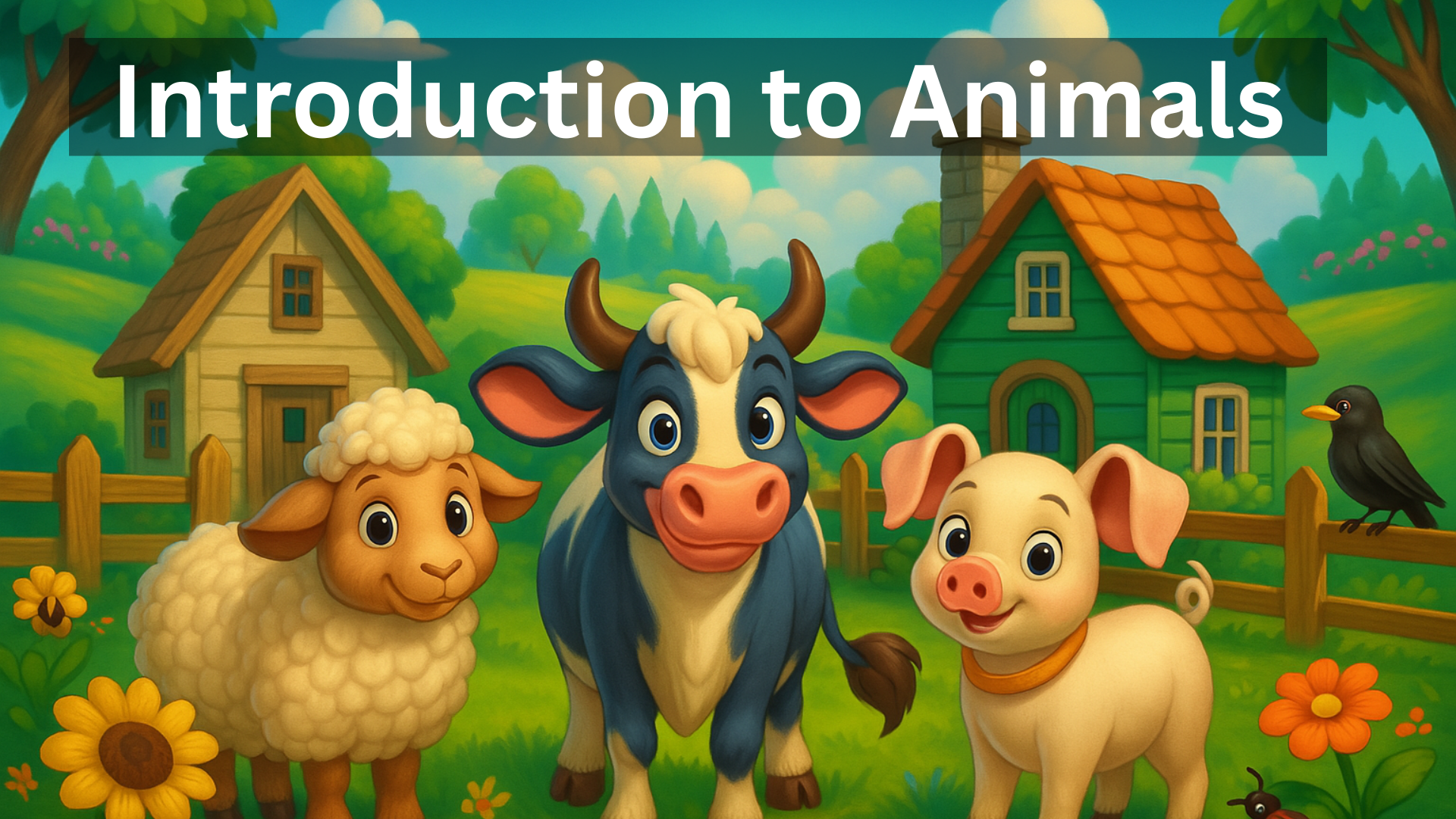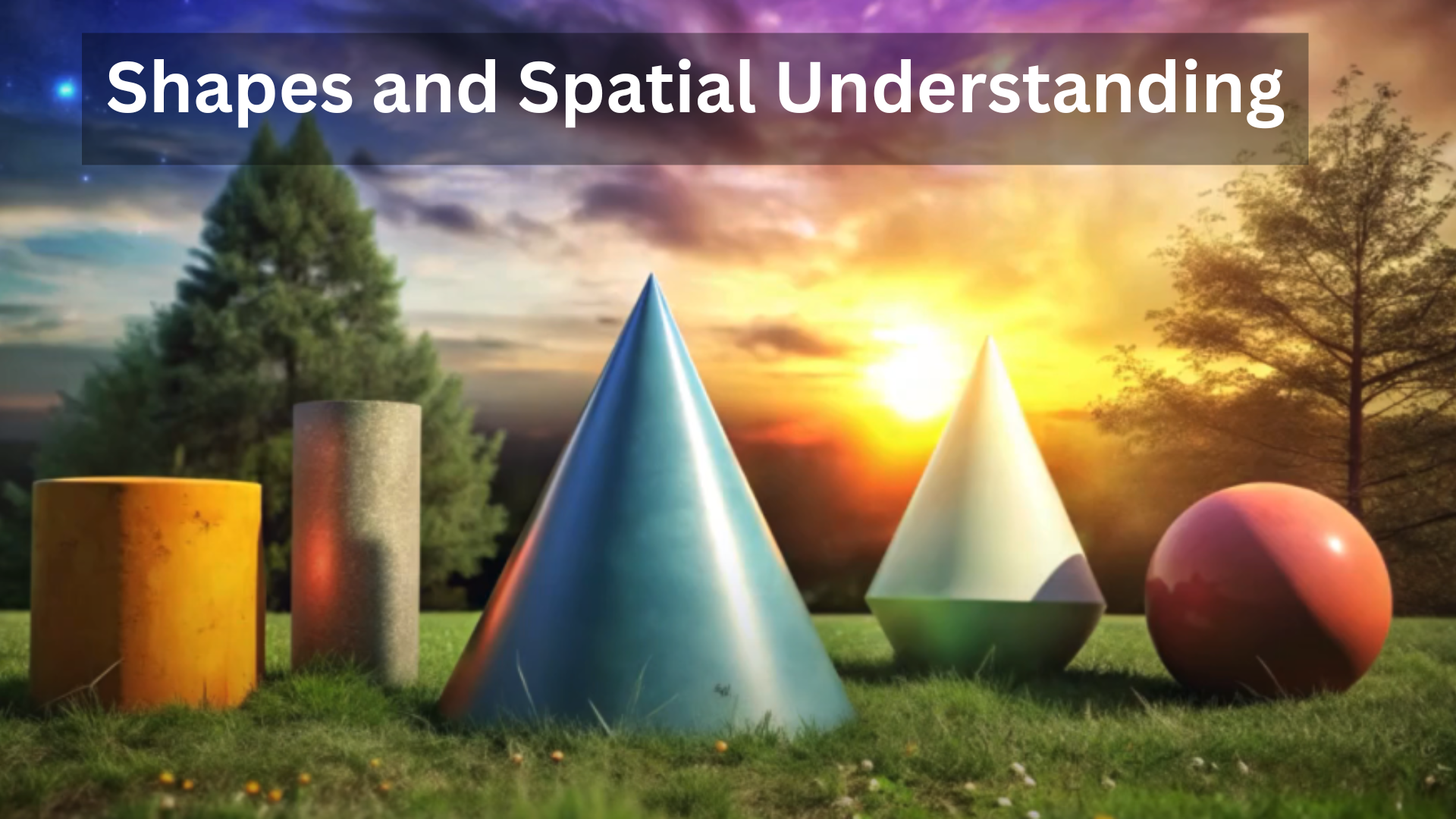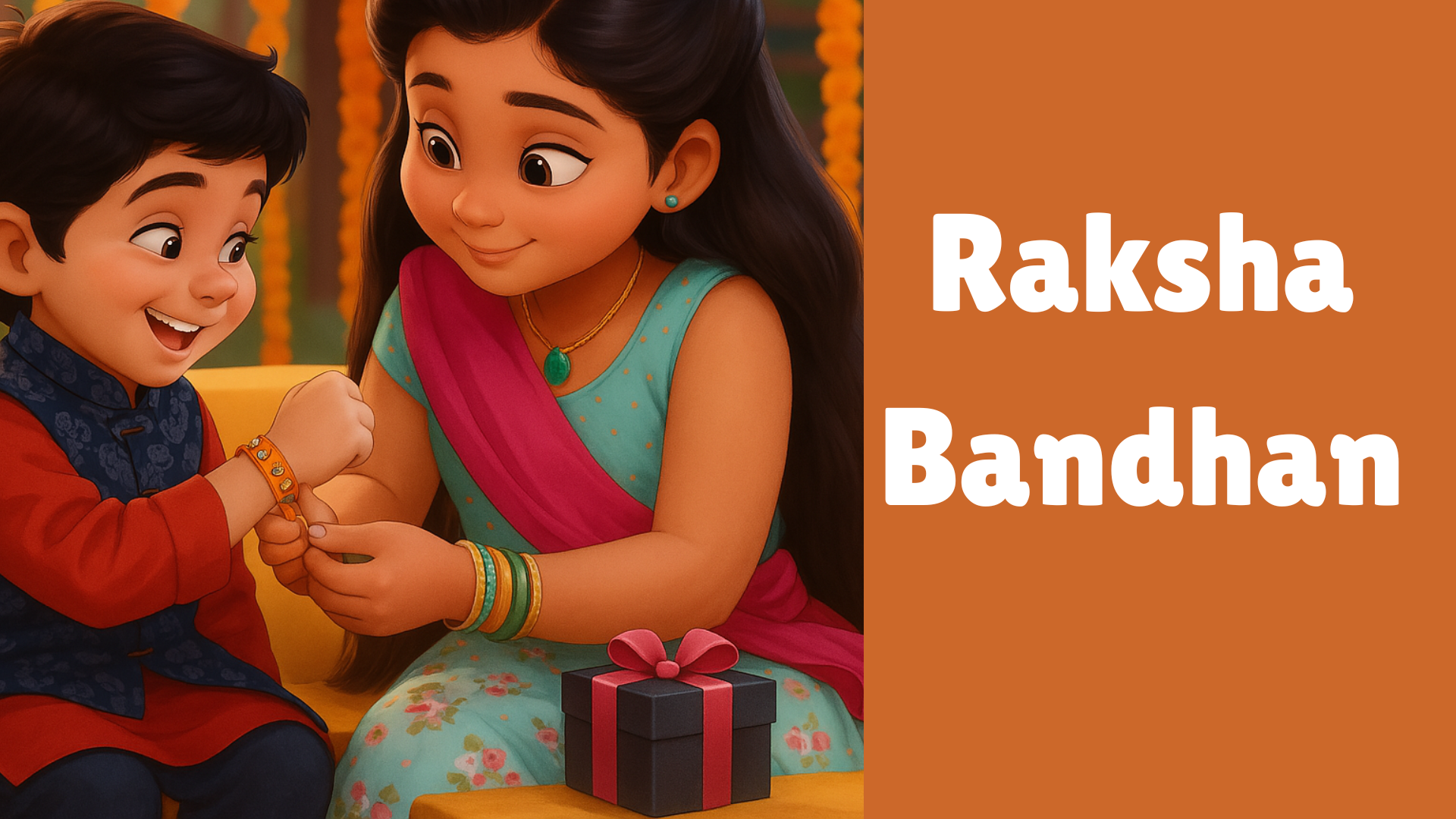Once upon a time, Rohan and Sohan were walking through a forest on their way to Mohan’s house. They were so busy chatting and enjoying each other’s company that they didn’t notice they were deep in the forest. As they strolled under the trees, they suddenly heard heavy, thumping steps behind them. They felt a shiver of fear because they couldn’t see who or what was coming. Before they knew it, a huge bear appeared and began chasing them! Quick-thinking Rohan, who was slim and agile, immediately ran and climbed up a tall tree. Unfortunately, Sohan wasn’t as quick on his feet, and he didn’t know how to climb trees. With no tree to save him, Sohan had to think fast. Remembering what his parents had taught him, Sohan realized that if he stayed very still, the bear might think he wasn’t alive. So, he lay down on the ground and pretended to be dead. The bear came closer, sniffed his quiet face, and believing that Sohan was not a threat, it slowly walked away. After the danger passed, Rohan climbed down from the tree and, with a mix of relief and humor, asked Sohan, “What did the bear whisper in your ear?” With a gentle smile, Sohan replied, “It said, ‘Never travel with a person who leaves you behind in the hour of need!’” Isn’t that an interesting way to learn about helping one another? Sometimes, even in scary moments, our quick thinking and the wise words we hear can teach us valuable lessons about friendship and responsibility. FAQs Q1: What lesson can we learn from this story? A1: The story reminds us that true friends stick together and help each other, especially when things get tough. It also shows us that quick thinking can help us stay safe. Q2: Why did Sohan pretend to be dead? A2: Sohan remembered that bears usually lose interest in animals that aren’t moving. By lying still, he tricked the bear into thinking he wasn’t alive, and that helped him stay safe. Q3: What did Rohan do when the bear appeared? A3: Rohan quickly ran and climbed a tree, trying to escape the bear. However, even though he was safe up in the tree, he couldn’t help Sohan, which taught us the importance of sticking together. Q4: How can we be good friends like in the story? A4: Being a good friend means caring for each other, thinking of creative ways to help during difficult times, and always being there when someone needs you. Q5: Can we ask questions if we’re confused about the story? A5: Absolutely! Asking questions is a wonderful way to learn. Always feel free to speak up if you need help or want to understand something better. Take assessment: 1. Literal Comprehension Questions Purpose: Check if the child remembers the basic facts from the story. Example: Who were the two friends in the story? Example: Where were they going when they encountered the bear? 2. Inferential Questions Purpose: Encourage the child to think beyond the words on the page. Example: Why do you think Sohan pretended to be dead when the bear came? Example: How do you think Rohan felt when he saw the bear chasing them? 3. Short Answer Questions Purpose: Have the child express their understanding in one or two sentences. Example: In one sentence, explain what happened when the bear appeared in the forest. Example: Describe how Sohan saved himself during the bear chase. 4. Multiple Choice Questions Purpose: Provide options to help the child recall details while assessing comprehension. Example: What did Rohan do when he saw the bear? A) Ran away B) Climbed a tree C) Hid behind a rock 5. Fill-in-the-Blanks Purpose: Reinforce key vocabulary and details from the story. Example: Rohan quickly _______ (ran/climbed) up a tree when he saw the bear. Example: Sohan pretended to be _______ (alive/dead) to trick the bear. 6. True/False Questions Purpose: Quickly assess factual understanding of the story’s events. Example: True or False: Rohan and Sohan were safely together the whole time. Example: True or False: Sohan knew how to climb a tree. 7. Sequencing or Ordering Questions Purpose: Help the child understand the flow of events in the story. Example: Arrange these events in order: The bear appears. Rohan climbs a tree. Sohan pretends to be dead. The bear goes away. 8. Matching Exercises Purpose: Connect vocabulary or key ideas with their meanings or related parts of the story. Example: Match the words with their meanings: Creature – any living being Thump – to walk heavily Pretend – to make believe 9. Open-Ended Discussion Questions Purpose: Encourage deeper thinking and personal connections to the story. Example: What would you do if you were with Rohan and Sohan in the forest? Example: Why is it important to help a friend when they are in trouble? 10. Creative/Reflective Questions Purpose: Inspire creativity and personal reflection. Example: Can you draw your favorite scene from the story and explain why you like it? Example: If you could change one part of the story, what would you change and why? 11. Role-Play or Dramatization Prompts Purpose: Engage the child in active learning by acting out the story. Example: Act out the scene where Sohan pretends to be dead. How did you feel playing that role? Example: Role-play a conversation between Rohan and Sohan after the bear left. 12. Vocabulary and Word-Meaning Questions Purpose: Reinforce understanding of new words and concepts from the lesson. Example: What does the word “creature” mean in the context of the story? Example: Can you think of another word that means the same as “whisper”?





